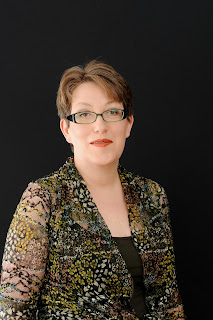Hurrah! Finally, I have got around to having professional photos done for all the places my image appears nowadays – my website, blog, LinkedIn, Twitter – the list seems endless! I shall be taking time to change my photos in the days and weeks to come, beginning right here on my blog.
I was fascinated by the story Tim Spiers told me about his career history. Tim was my photographer, thanks to a tip from my friend and colleague in the profession, Anne Smith, who recommended him and with whom I shared a day at Tim’s studio in North London. From a very young age – just 9 or 10 years old – Tim started cutting people’s hair. This was something he put aside when he embarked on a course at Eastbourne College of Art and Design in Visual Communications, including photography, where his aim was to prepare himself for a life of doing fashion shoots.
Not everyone supported Tim’s aspirations – as is often the way – so, influenced by the doubts of others, he left his course early. His father arranged an interview for him, telling him about a guy called Vidal Sassoon. Tim quickly came to London to work with San Rizz, where he learnt to do people’s hair for photo shoots and also pop videos. Later he moved into salon management.
Along the way, Tim was also interested in the work of make-up artists so, when he was invited to do a modelling project as part of his studies in NLP, he decided to find out how his colleagues did make up – spending time with the make-up artists he had worked with on modelling shoots and his colleagues in the salons he worked for and studying their approach. At the same time, his NLP studies helped Tim to clarify his values and revisit some old beliefs, leading to a major shift in his sense of his own capability. This was, essentially, an experience that empowered him.
When photography went digital, Tim did a photo shoot himself and had one of those “aha!” moments: “what if I put all these skills together to offer hair, make-up and photography as a service?” He set up his own business which has been growing at a significant rate. If you take a look at Tim’s website you’ll see how he caters for a wide variety of clients. If you’re looking for a good photographer, I can recommend Tim. It wasn’t just the hair and make-up: my sense of ease grew over the course of our time together and I was thrilled to come away with a number of options for my signature photo.
I tell Tim’s story (with his permission) for another reason: it says so much about the journey towards a career that is fulfilling. The seeds of such a career lie in the things we most love to do – acorns are at their best when they become oaks. Along the way, we take steps away from as well as towards our most natural career path – often because we are influenced by fear and the doubts of others. With hindsight, the path looks so clear and obvious and yet, along the way, it can be so messy. Both the highs and the lows contribute to our ultimate success. Moving towards our ultimate career takes courage and a willingness to take risks.
That’s enough for now. As I sign off I leave you with just two photos from my day with Tim. Please tell me what you think.

